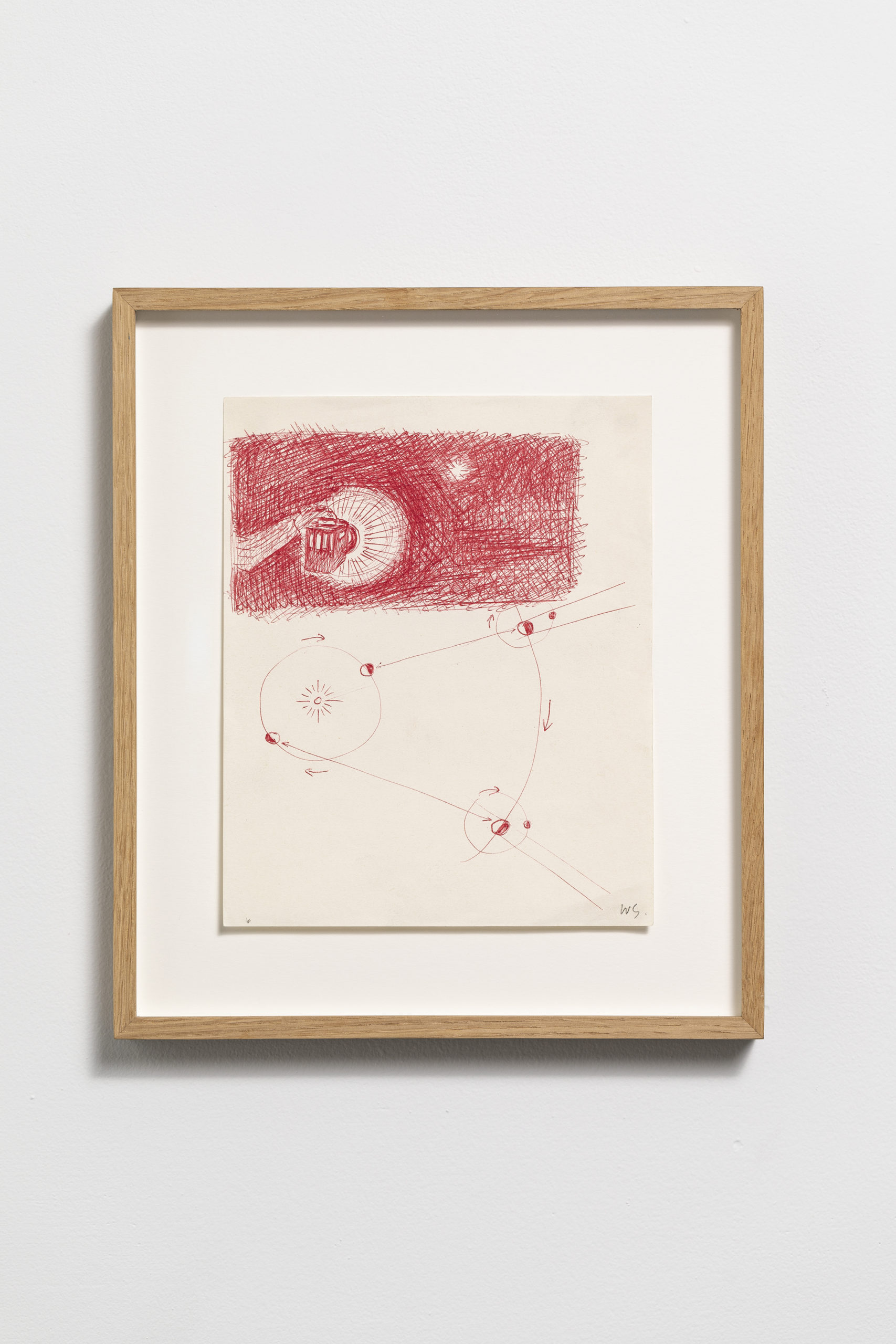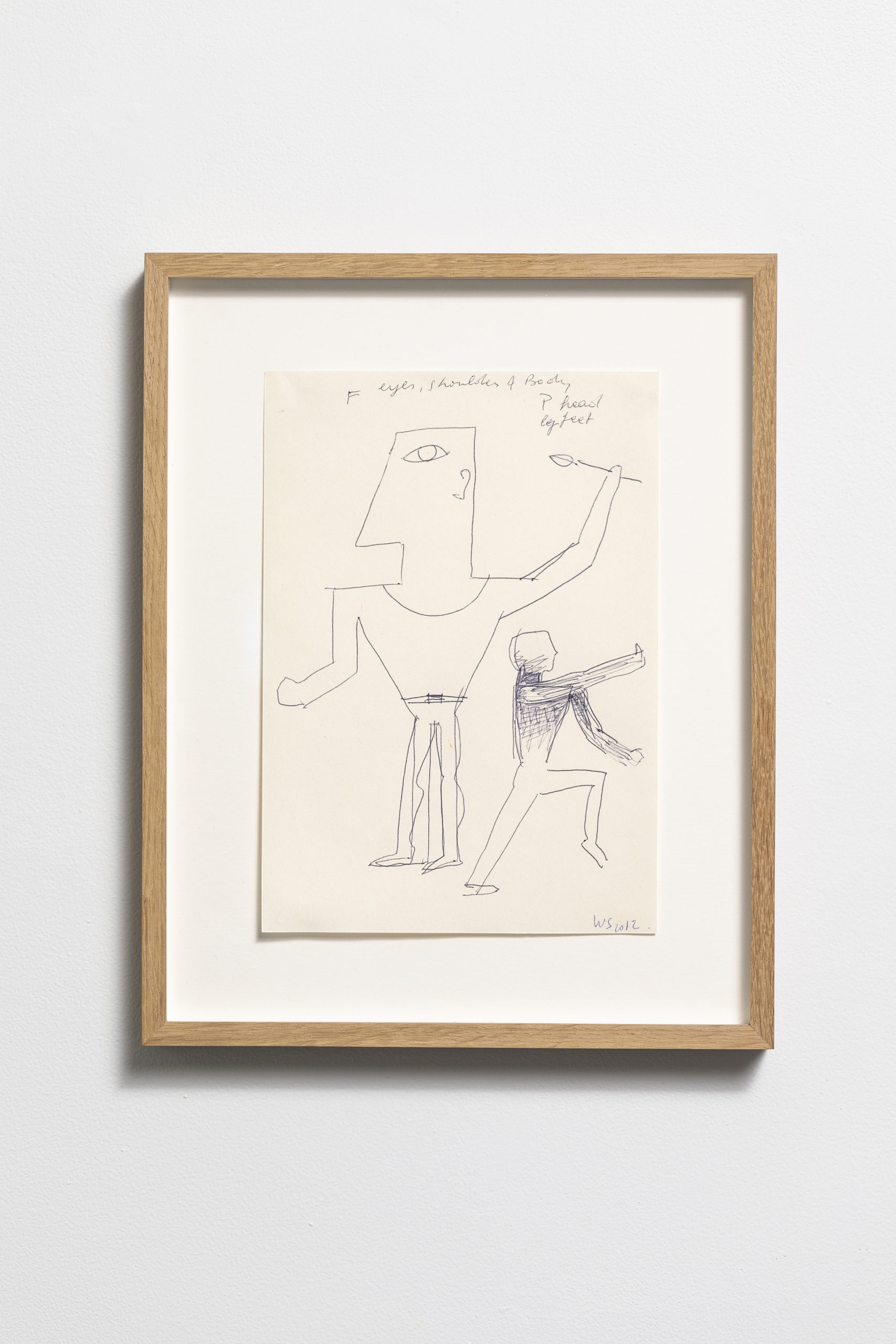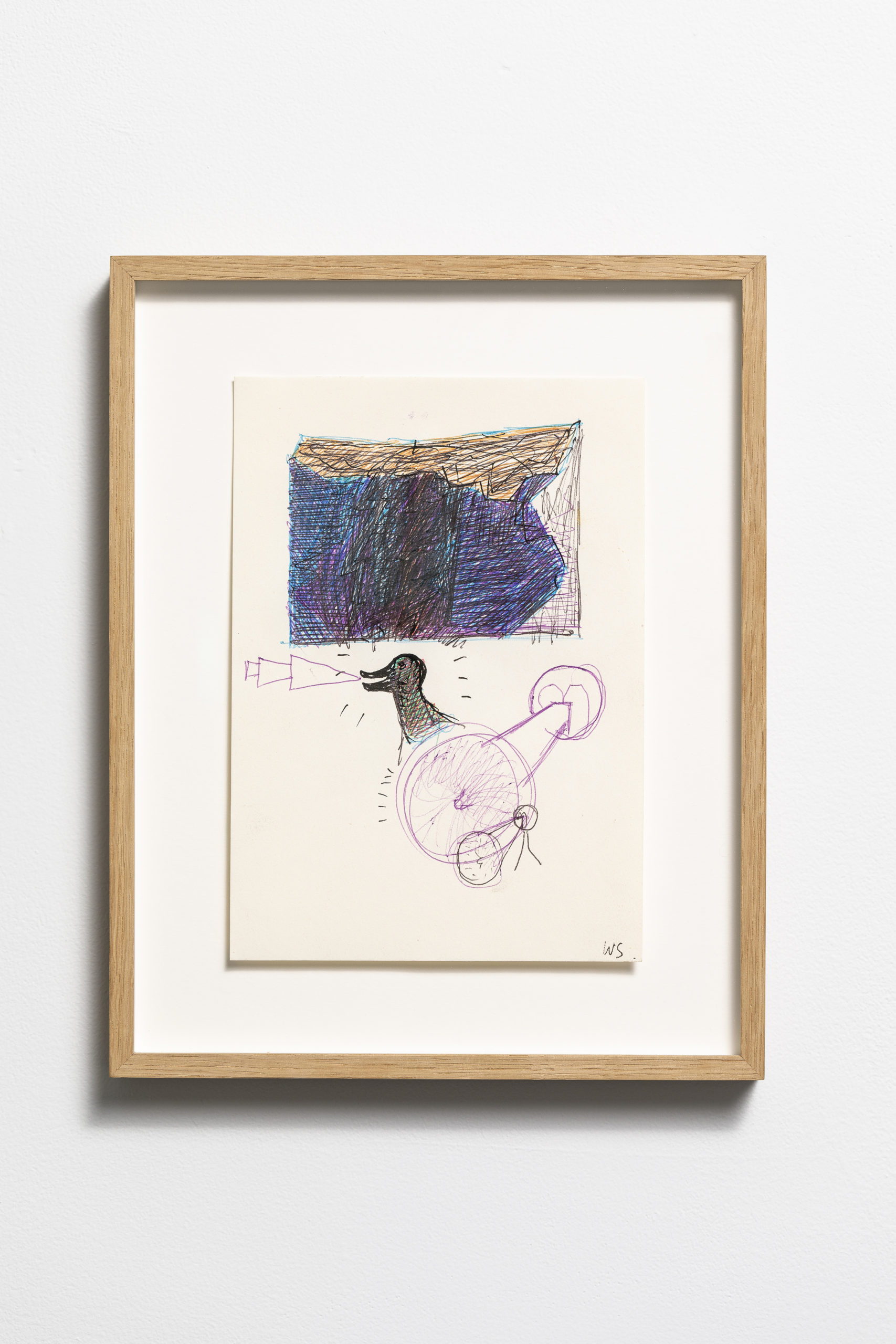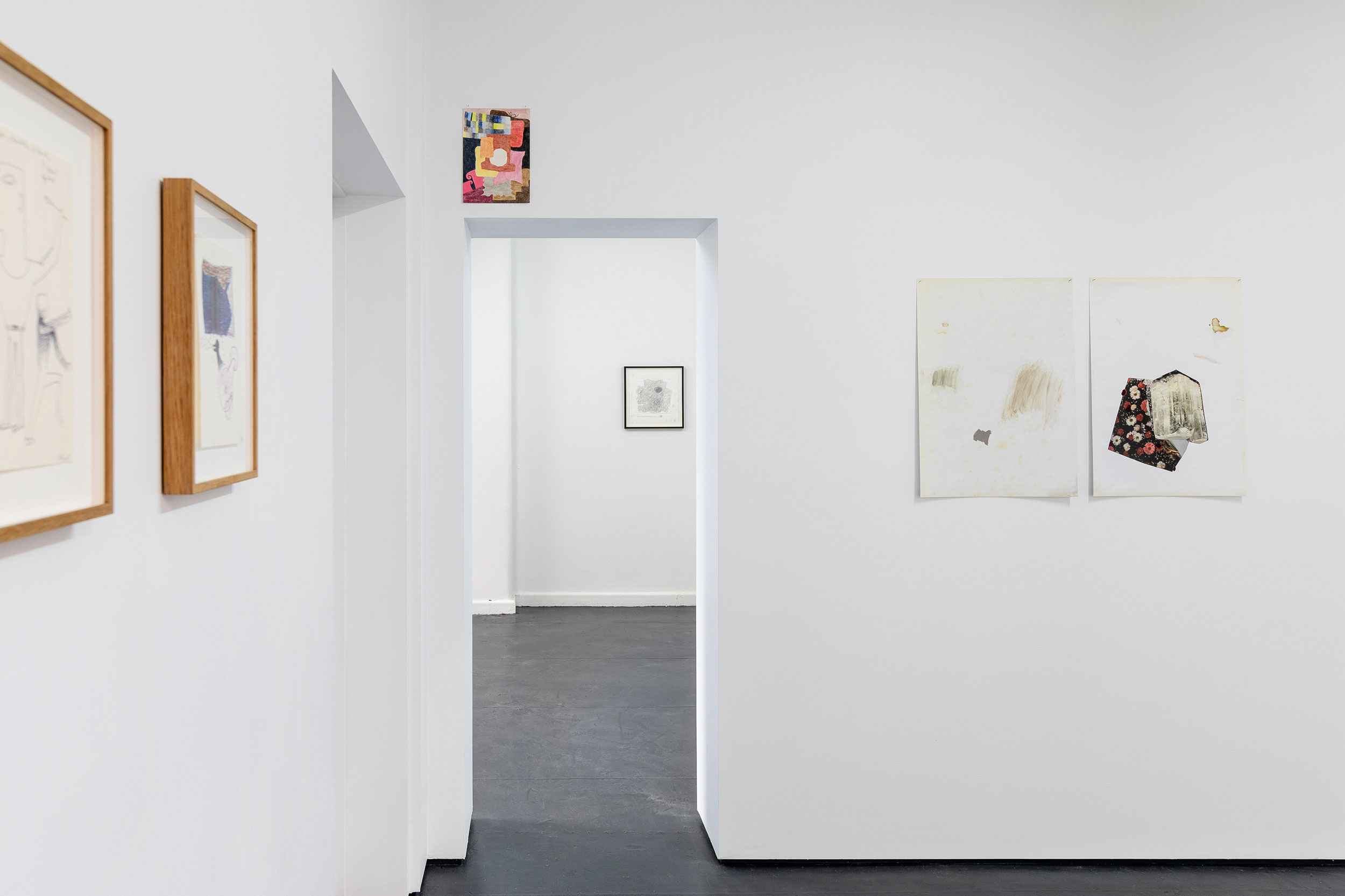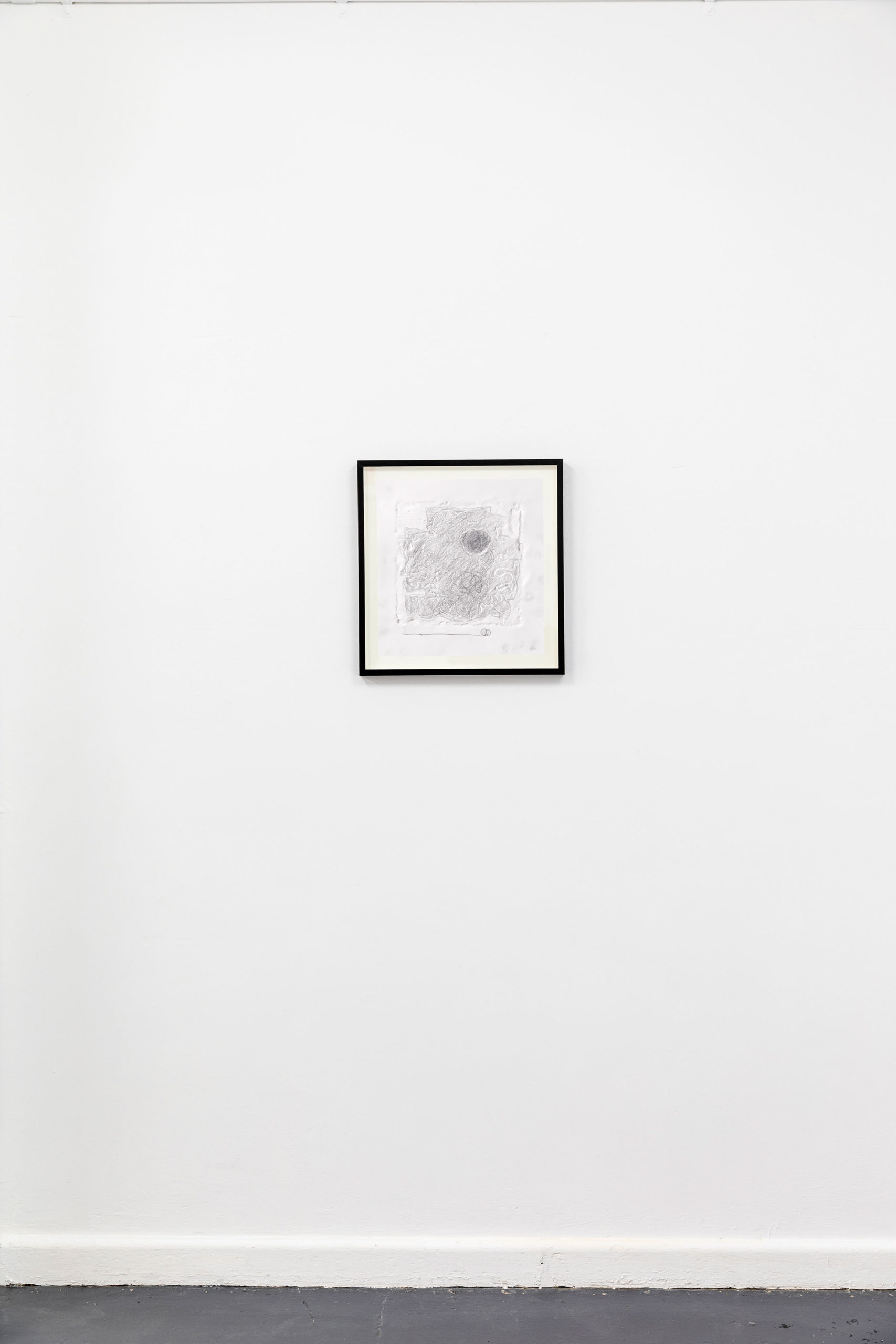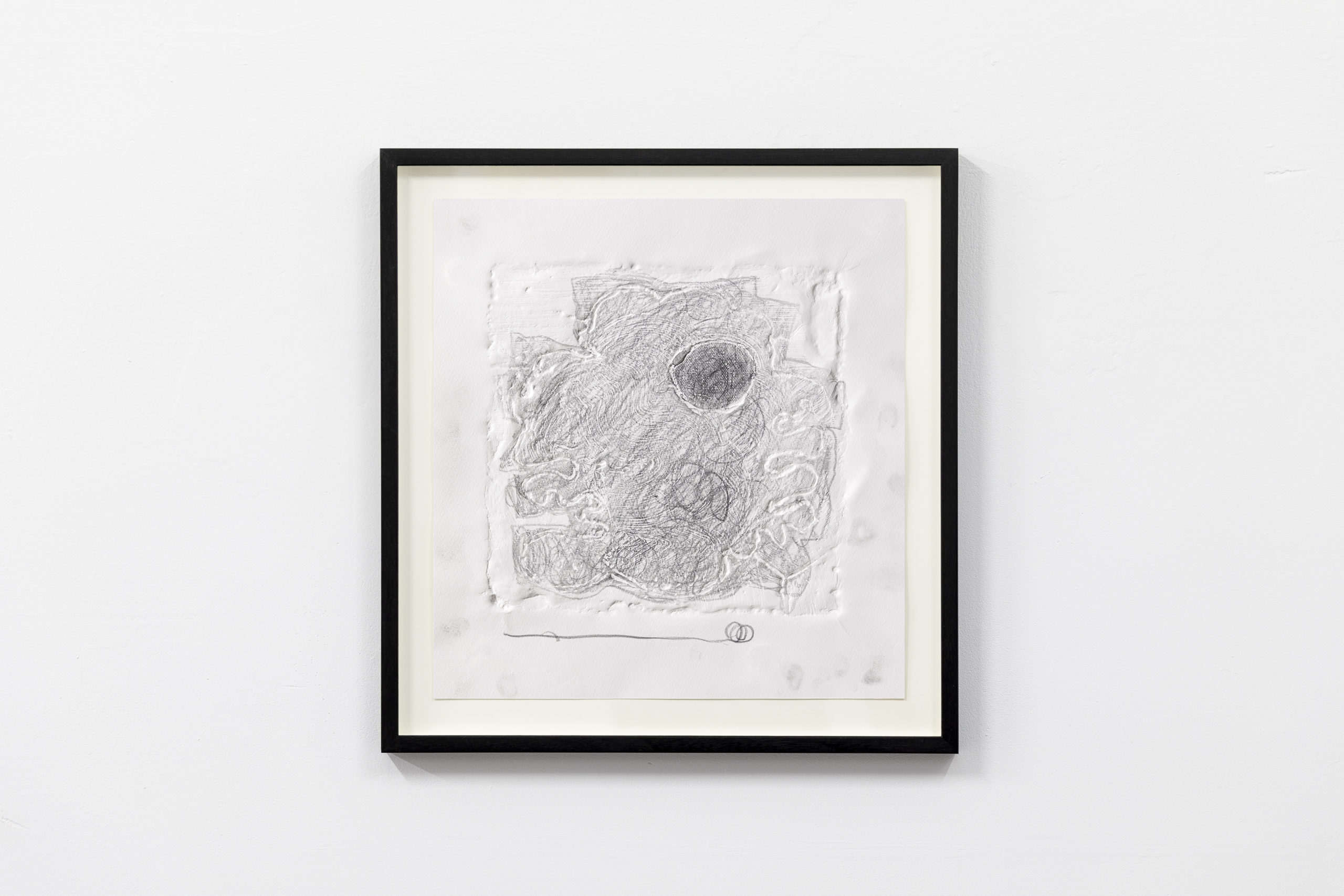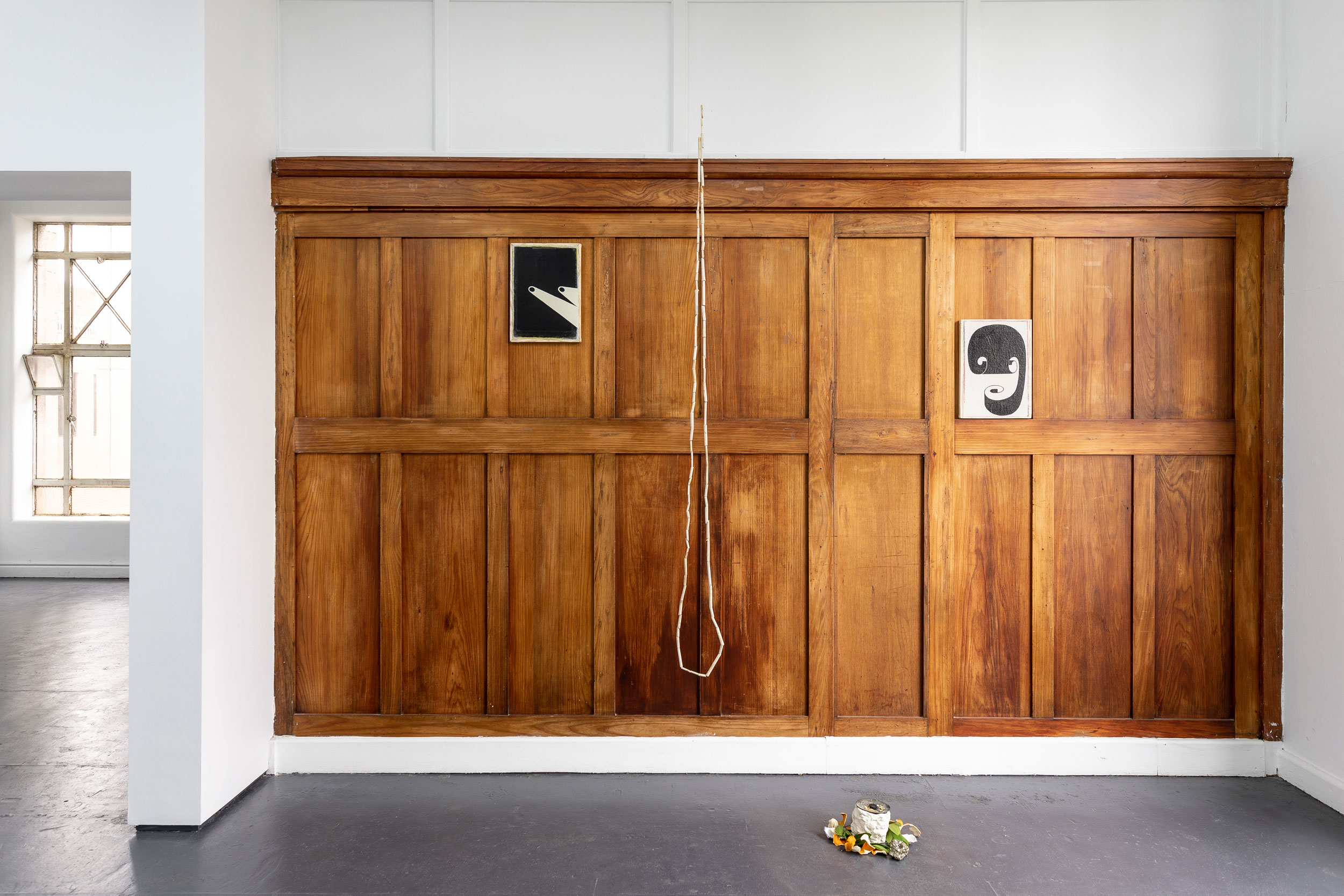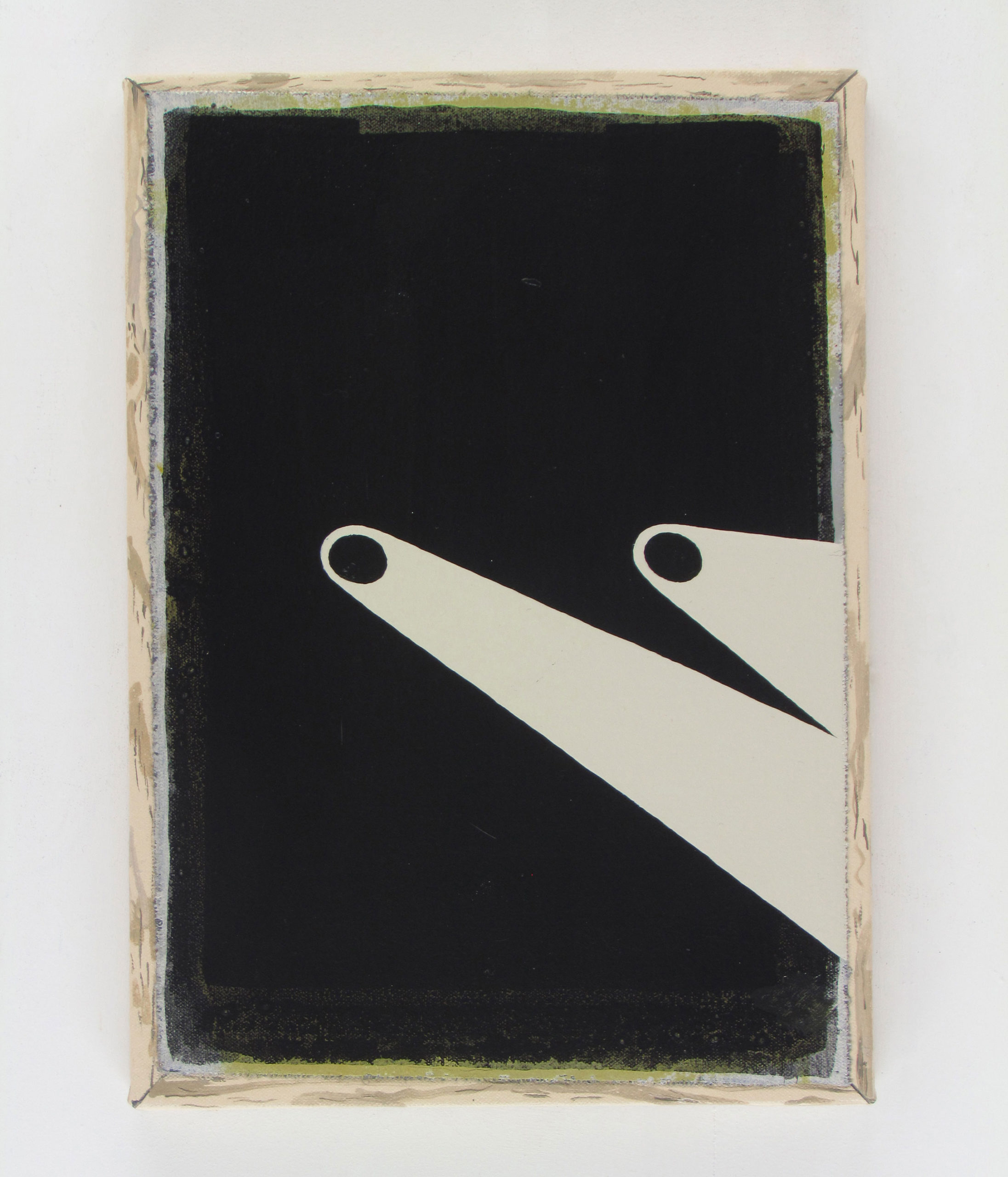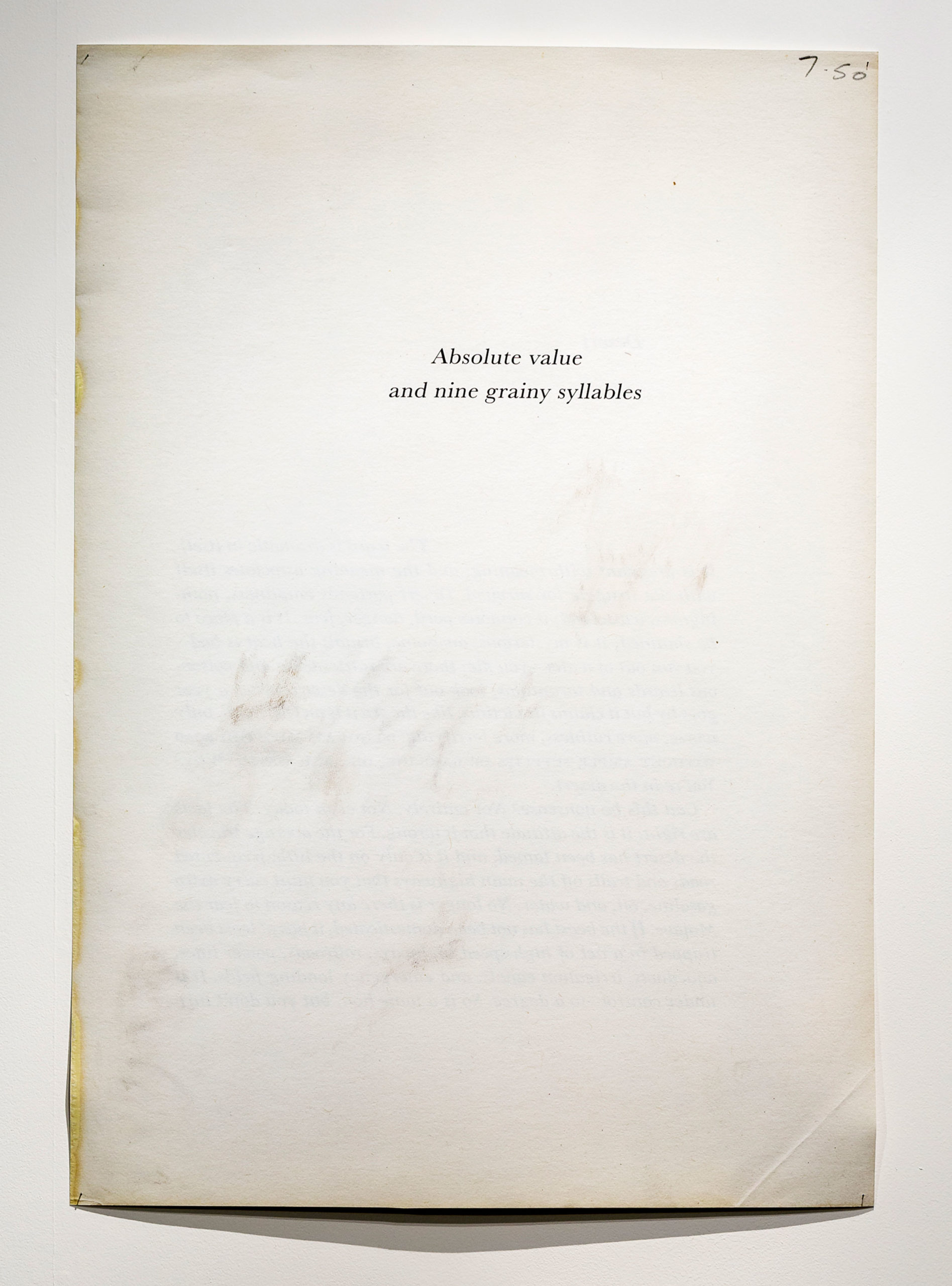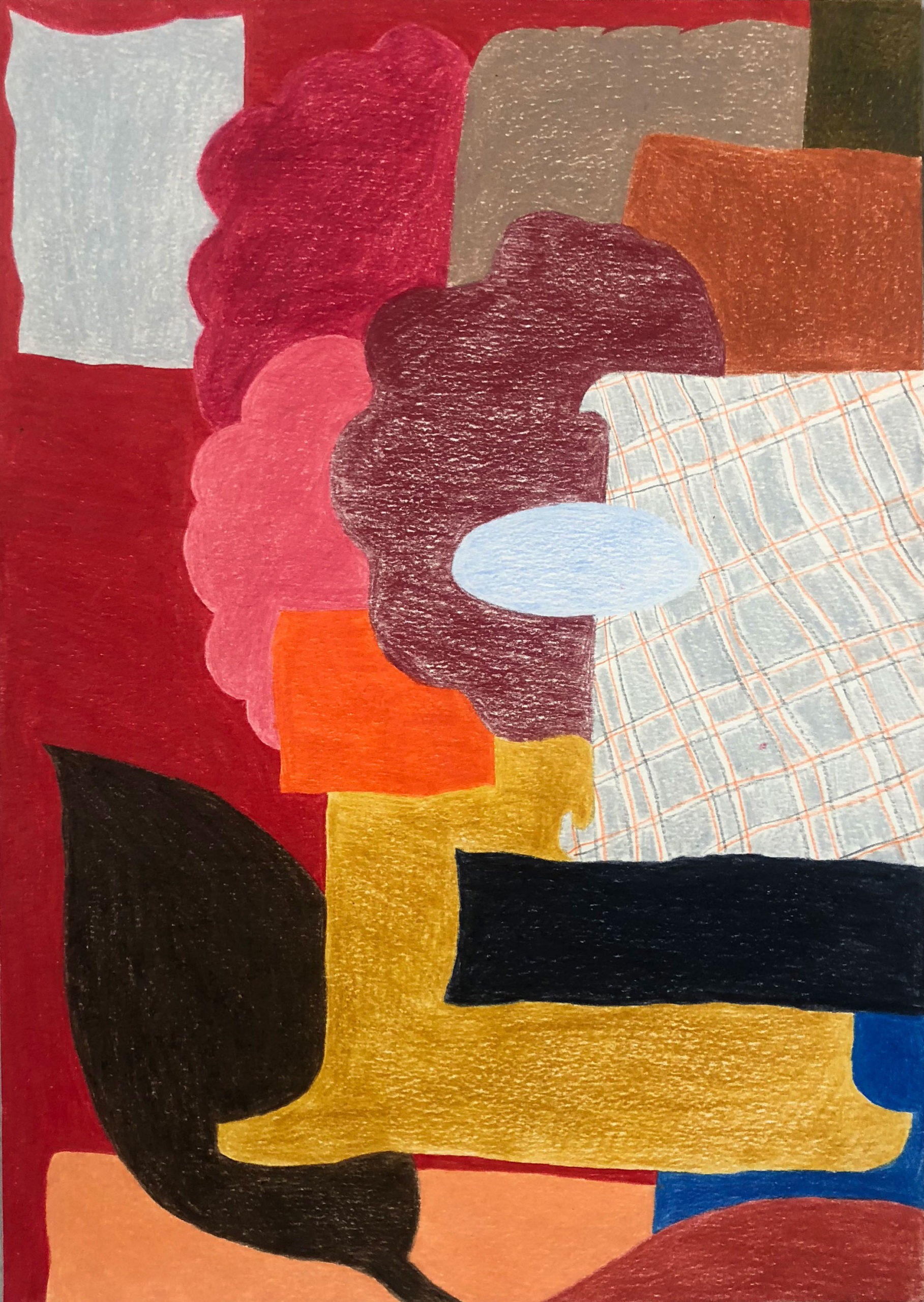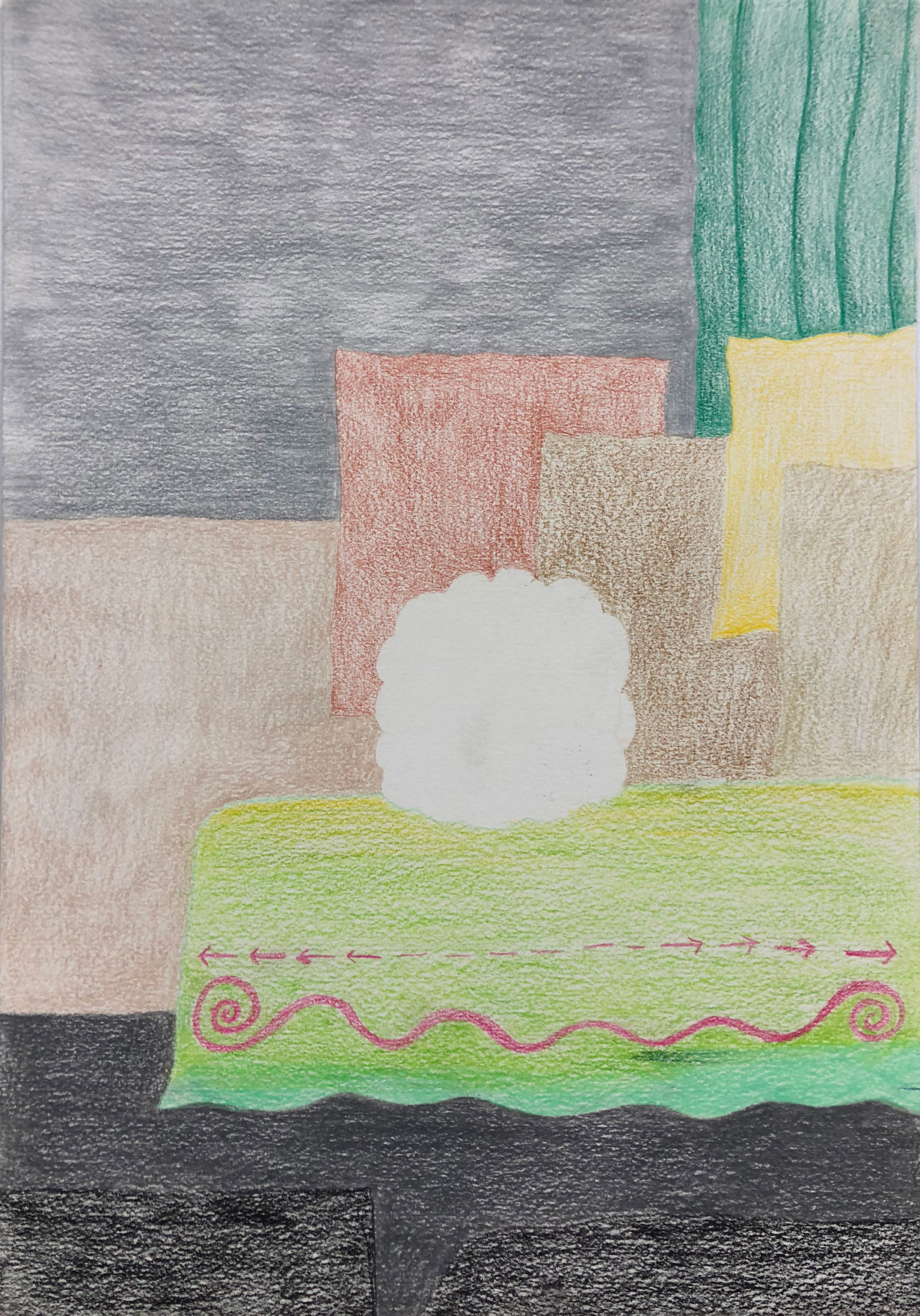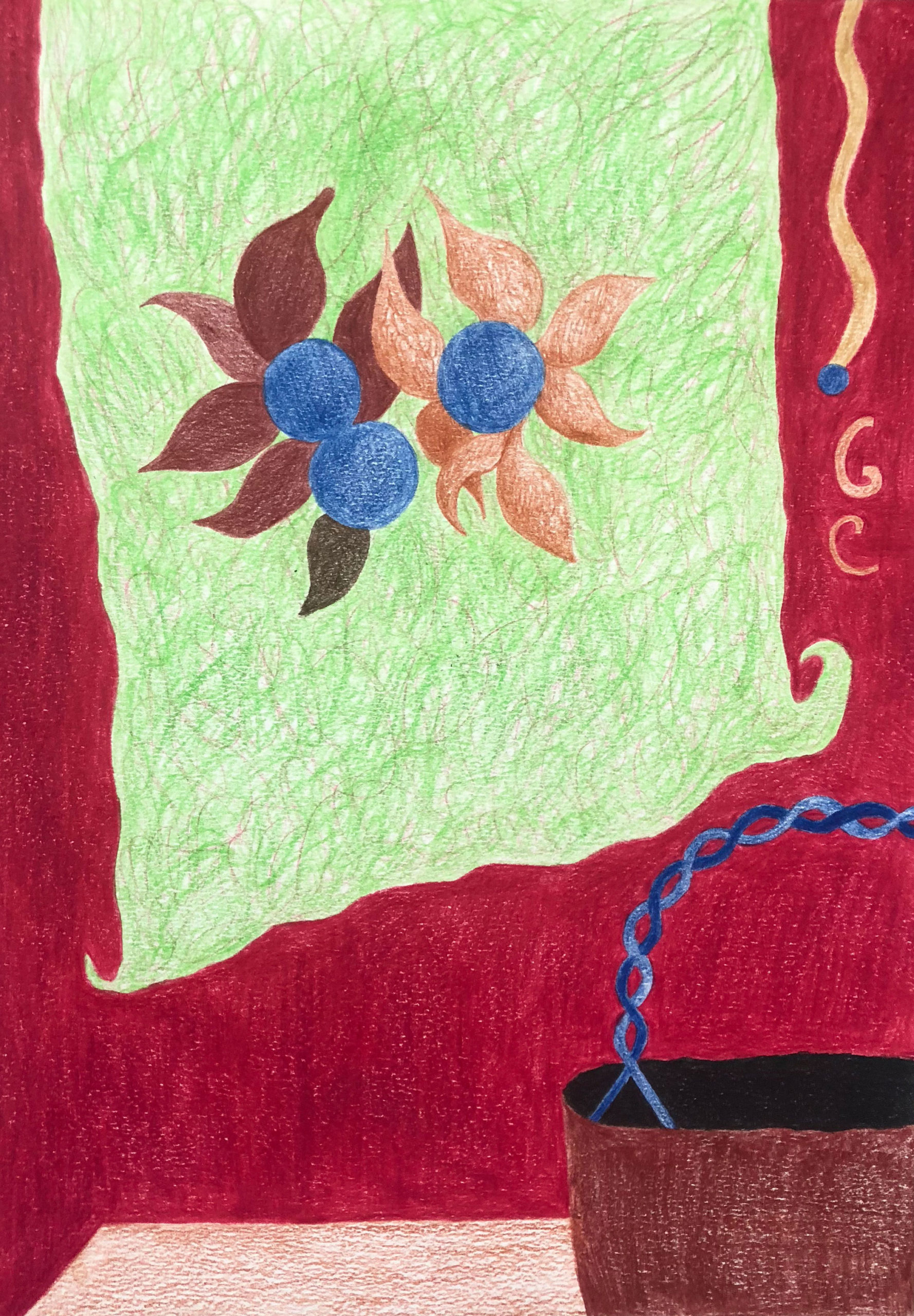How to join a group
1. Select a number of public spaces in which you can sit throughout the day, such as a café or waiting room.
2. Allocate to each space a maximum of one hour.
3. When you enter a space, notice the subtle sound adjustment that takes place as those present notice your entrance. It’s an adjustment that may include a lowered sound level or a sudden halt to some conversations. The degree to which the place’s sounds adjust depends on the kind of place it is; the more spacious, the less change there will be. If you enter a train station, for example, the adjustment in sound affected by your arrival will hardly be noticeable. If you enter a café where only a few patrons are sitting, however, the change in sound will be substantial.
4. Observe the slight tension circulating the place due to your silent sitting, especially if everyone else had been absorbed in conversation. Observe your unfamiliarity with the place, especially if this is the first time you’ve sat there.
5. You can now use your silence to measure the cohesiveness of the group surrounding you. If it’s a close group in which all the members share a common tie, they will be disturbed by your silence, which may be frightening to them and understood as a departure from the group and a show of superiority. Yet if it’s a loosely formed group consisting of randomly scattered individuals, your silence will be overlooked.
6. In either case hold tight to your silence and wait.
7. Following some time, its length depending on the type of group, the sonic environment will return to its previously established nature. As you sit in silence, allow your attention to shift randomly between the conversations you hear. Notice the sonic adjacency of them, and how each conversation taking place is aurally reliant on the conversation beside it, as though it were seeking company or reassurance in it. Contemplate how the conversations taking place remain adjacent to each other without overpowering one another or cutting each other off. Instead, they enter a relationship similar to that of spatial adjacency; they form a sonic neighborhood. The speakers know that their neighbors are capable of listening to what they’re saying and yet this doesn’t make them whisper or refrain from private conversations so long as they can hear the continued mumble of other neighboring conversations.
8. Spend a few moments contemplating this sonic neighborhood you are now sitting in. Let yourself soak it in. You will realize that you are no longer separate from it, and that a vague sense of solidarity has crept into you as a result of your compatibility with the group around you.
9. You must distinguish between two types of solidarity depending on the kind of group around you. The solidarity of a cohesive group is felt in its acceptance of your presence on its periphery as your silence is transformed from a black hole swallowing the group’s conversations to a gateway through which these conversations can pass. The solidarity of a loosely formed group allows a return to yourself and the widening of your lake of silence as you locate space for it.
10. If you fail to sense solidarity, despair not. Hold on to your silence and wait. This is another way to connect with a group— connection through compulsion.
11. Whether you sense solidarity or not, get up after an hour and repeat the experience in another place to learn the virtue of moving between groups.
—Haytham El-Wardany
Haytham El-Wardany (b. 1972, Cairo) is a writer and translator, and currently lives in Berlin. His interests at this time, are the concept of truth and how it relates in the post-revolutionary context.
Haytham’s text appears courtesy of Kayfa ta Publications. His recent books are The Book of Sleep published by the Alkarma Publishing House, Cairo in 2017, and How to Disappear published by Kayfa Ta Publications, Cairo in 2013, and Sternberg Press, Berlin/NY in 2018.
Caitlin Cummane (b. 1994, Australia)
Violetta Del Conte Race (b. 1991, Germany)
Haytham El-Wardany (b. 1972, Egypt)
Matlok Griffiths (b. 1983, Australia)
Julian Hooper (b. 1966, New Zealand)
Hannah Lees (b. 1983, United Kingdom)
Elena Papanikolakis (b. 1984, Australia)
and
Walter Swennen (b. 1946, Belgium) courtesy Xavier Hufkens, Brussels
With thanks to Haytham El-Wardany , Xavier Hufkens (Brussels), Maha Maamoun and Ala Younis, of Kayfa ta.



